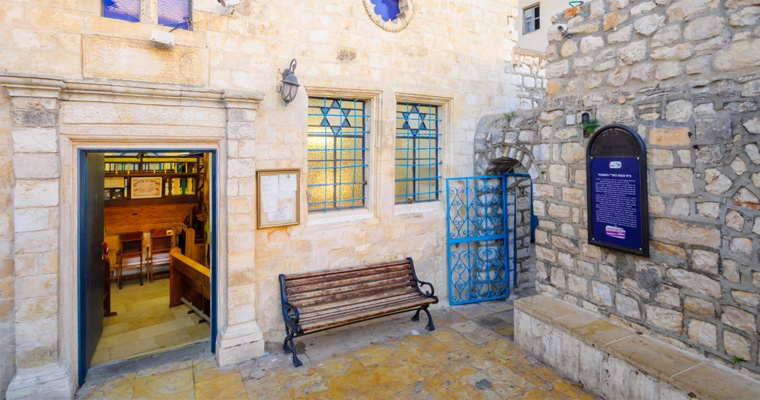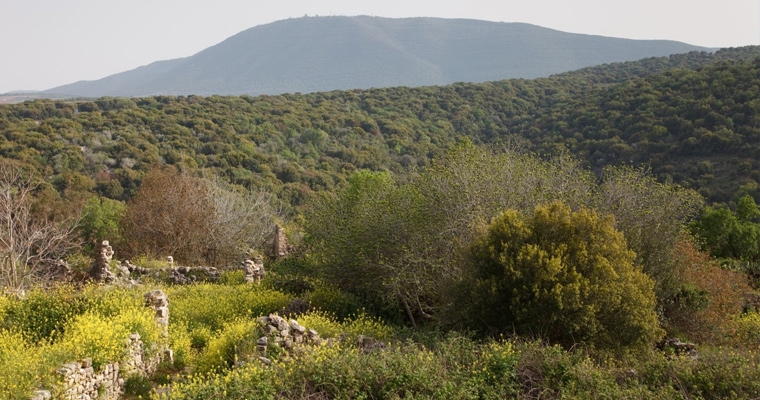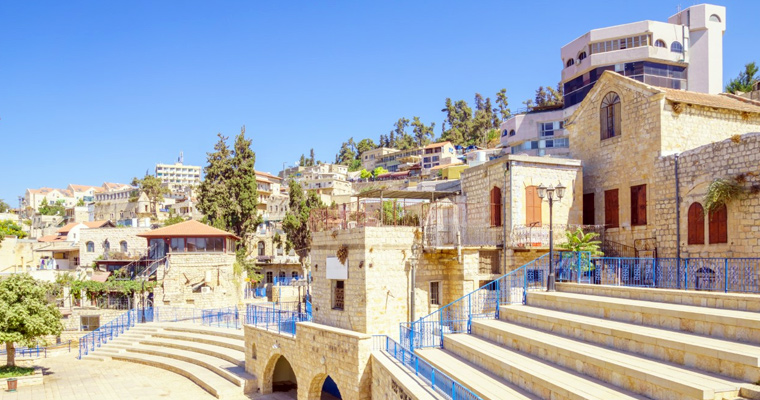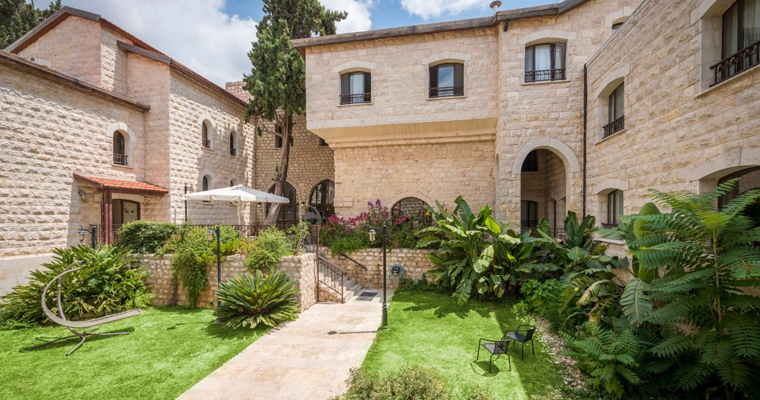Zefat: The Heart and Soul of the Galilee
Lee Saunders 17/06/2019
Tourists and locals seeking a relaxing, timeless and alternative experience in Israel will be able to do so at the Ruth Zefat Hotel, after the Dan Hotels chain extended its reach into the Galilee, taking ownership of this long standing hotel.
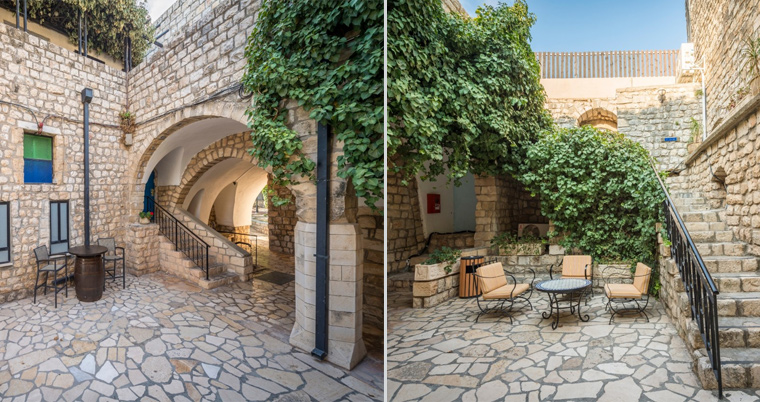
Public areas at Ruth Zefat – The perfect point from which to explore this truly profound and mesmerizing city, Zefat.
Perched high above the Sea of Galilee, the city of Zefat is known today for its spiritual elevation as much as its physical one. Arguably the home of Kabbalah, the mystical strain of Judaism, Zefat, however, has traditionally had a diverse personality. As well as a spiritual center, it remains a retreat for secular Tel Avivians looking to escape the summer heat; an artists’ colony; and home for generations of Sephardi Jews evicted from Spain. What it has always retained, though, is its ability to transform visitors, stripping away the material and revealing something deeper, about the city and themselves.
Synagogues and the Old Jewish Quarter
Many Sephardic rabbis, sages, scholars and poets escaping the Spanish inquisition in the late 15th century settled in Zefat, which subsequently became a major center of Kabbalah spirituality, a tradition, which in spite of attracting celebrity followers such as Madonna, lives in the Orthodox Jew. The walls and stones of the city echo the sacredness of the holy mystics who lived there in the 16th and 17th centuries. Indeed, only Jerusalem is older, more spiritual, and holier than Zefat. As you walk down the cobblestone streets leading to ancient synagogues, you will get a peek into a past that is unrivalled anywhere on Earth.
All Dan hotels in northern Israel >>
The Old Jewish Quarter, which is also called the Synagogue Quarter due to its 32 synagogues, includes the Caro Synagogue, named after 16th century Spanish-born scholar Yosef Caro, is home to amazing hanging lamps and a Torah scroll that is at least 400 years old. According to one tradition, an angel revealed the secrets of Kabbalah to Caro in the house below the synagogue. Named after a 16th century Rabbi, the two Ari synagogues: The Ashkenazi Ari Synagogue – established by Greek immigrants in the 16th century, and one of the oldest synagogues in use across the country; and the Sephardic Ari Synagogue, a gorgeous and ornate sanctuary and the oldest synagogues in the city.
The alleyways of this Old City overlook one of the most astounding views in all of Israel, and so too does the Ruth Zefat Hotel – from whose luxurious rooms, you can take in the view of Israel’s second highest mountain – Mount Meron, and the highest nature reserve to visit in Israel. According to one tradition, the Zohar, the central book of teachings in Kabbalah, was written in a cave in nearby Peki’in. One of the most sacred caves in Zefat lies in the Old City – The Cave of Shem and Ever, which, legend has it, that this is the site where Noah’s son and grandson established a religious school, or yeshiva, after the Great Flood.
Hub Of Creativity
As well as an interesting pilgrimage for the religious, Zefat became increasingly known as Israel’s art capital in the 1950s and 1960s. The Artist’s Quarter, south of the Old Jewish Quarter, drew artists from around the country and still has a unique, bohemian character that attracts a mixture of the devout and the creative, the books and the brushes. The narrow, biscuit-colored stone alleyways and quiet cobbled courtyards make this town ideal for pottering, for ambling, for idling – and for poking around its many galleries and stain-glass fronts of boutique stores, such as Safed Candles, which features the most intricately and elegantly carved candles in every color, size and shape, from Bible scenes made entirely out of candle wax, to funky candle shapes for kids.
Special Deals in Ruth Zefat >>
In fact, the Artist’s Quarter played an extremely significant role in the overall development of Israeli art with some of its artists like Moshe Castel and Yitzhak Frenkel becoming internationally recognized, and you should drop by the General Exhibition here to see the array of work on display. You can grab a bite to eat, next door at the iconic Maximillian Café or the delightfully charming Ha’Ari 8 Restaurant close by.
As well as the fancy cafés, stores and art galleries worth checking out, Zefat is hailed as the Klezmer capital of the world. Klezmer music is to music what Yiddish was as a language to the Jewish community – it borrowed components from the places, largely in Eastern Europe, where the Jewish communities lived.
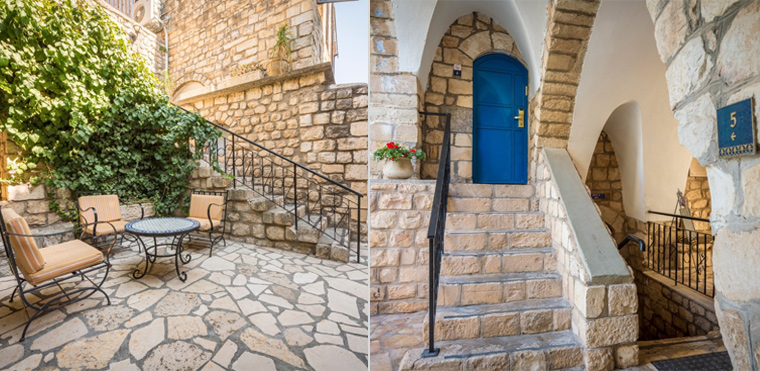
Ruth Zefat Hotel – Right: The entrance to one of Hotel’s luxurious room. Left: Authentic style Public Area.
Consisting of dance tunes and instrumental pieces for weddings and other celebrations, klezmer left Eastern Europe as the Jews left the shtetls (small Jewish villages), and, as it did, klezmer spread far and wide, but in Zefat, in late August, the sounds of traditional and contemporary klezmer echo across the Galilee at the free three-day Zefat Klezmer Festival, which has been attracting leading musicians from around the globe and drawing crowds from all over the country since it began in 1987.
At the heart of all of this energy is the Ruth Zefat Hotel, which may lie on the site of an inn that is 800 years old, but is the perfect modern boutique hotel from which to explore this truly profound and mesmerizing city.

